|
|
Before Cortés: Sculpture of Middle America. — New York, 1970![Before Cortés: Sculpture of Middle America : A Centennial Exhibition at the Metropolitan Museum of Art from September 30,1970 through January 3, 1971 / Catalogue by Elizabeth Kennedy Easby and John F. Scott ; Foreword by Thomas P. F. Hoving ; Preface by Dudley T. Easby, Jr. — [New York] : The Metropolitan Museum of Art, 1970](/assets/i/upload/2025/kennedy-scott-before-cortes-sculpture-of-middle-america-1970-001.jpg) ![Before Cortés: Sculpture of Middle America : A Centennial Exhibition at the Metropolitan Museum of Art from September 30,1970 through January 3, 1971 / Catalogue by Elizabeth Kennedy Easby and John F. Scott ; Foreword by Thomas P. F. Hoving ; Preface by Dudley T. Easby, Jr. — [New York] : The Metropolitan Museum of Art, 1970](/assets/i/upload/2025/kennedy-scott-before-cortes-sculpture-of-middle-america-1970-003.jpg) Before Cortés: Sculpture of Middle America : A Centennial Exhibition at the Metropolitan Museum of Art from September 30, 1970 through January 3, 1971 / Catalogue by Elizabeth Kennedy Easby and John F. Scott ; Foreword by Thomas P. F. Hoving ; Preface by Dudley T. Easby, Jr. — [New York] : The Metropolitan Museum of Art, 1970. — 322 p., ill.Contents
Foreword 7
Advisory Committee 9
Lenders to the Exhibition 11
Preface 13
Relative Chronology of Middle America 16
Color Illustrations 18
1 High Cultures of Middle America 37
2 The Beginnings of Sculpture 46
3 Olmec Leaders, Sculptors, and Lapidaries 71
4 Post-Olmec and Izapan Art 91
5 The Western Fringe 115
6 Urban Teotihuacán 143
7 Gulf Coast Sculpture in Clay and Stone 162
8 Zapotec Tombs and Offerings 188
9 The Maya Realm 204
10 The Wealth of the Indies 236
11 Toltec Imperial Art and its Heirs 267
12 The Aztecs: The Last Empire 293
Selected Reading List 319
Sources of Illustrations 321
Foreword
Tte course of pre-Hispanic or, as it is frequently called, pre-Columbian art, has come full circle in our own twentieth century. It amazed the Spanish conquistadors four hundred fifty years ago, and, when first seen by European audiences, it evoked the spontaneous admiration and extravagant praise of such Renaissance figures as Dürer, Cellini, and Peter Martyr, an Italian cleric who wrote the first history of the New World. But all too soon it lapsed as art in Europe, to continue there merely as exotica in some princeling's Wunderkammer and still later in museums narrowly confined to ethnology and anthropology.
It is only in the United States that this art has been included in the collections of the most significant fine-arts museums and begun to be recognized by a few graduate schools of art and art history in our universities—a twentieth-century development of fairly limited acceptance. We at the Metropolitan are now proud to present it with other great art of the world.
Like the men of the Renaissance, the founding fathers of this Museum paid high tribute to the ancient art of the New World, which they felt was neither "savage" nor "barbarian," but showed "a cultivation of the love of beauty, measured by an independent standard which, however distinct from ours, nevertheless proves the presence of intellectual and art loving races of men." Some fine works were acquired and exhibited briefly, but the profound wisdom and farsightedness of the founding fathers were soon forgotten when most of these treasures were lent elsewhere (as anthropological or ethnographic material), and acquisition stopped. However, in the past two decades the pendulum has swung back, with international loan exhibitions from Colombia and Guatemala and the reciprocal loan agreement with Mexico, the great exhibition of masterpieces from The Museum of Primitive Art last year, the recent enrichment of our collections by important gifts from Mr. and Mrs. Nathan Cummings, Mrs. Harold L. Bache, and Mrs. Jacob Kaplan, and, of course, the truly notable agreement with the Honorable Nelson A. Rockefeller and The Museum of Primitive Art under which the superb collection of that museum will come to the Metropolitan in its entirety upon completion of the new wing to house it.
With the creation of a new Department of Primitive Art and the present exhibition we have not only come full circle but more than redeemed a pledge made in our Annual Report for 1883, wherein the President, John Taylor Johnston, stated: "The antiquities of our own continent should form a prominent feature in an American Museum, and we are charged with a special duty to make here a Museum of old American art for the study of American scholars as well as scholars from abroad."
Olivetti has made this great international exhibition possible by a generous grant just as it sponsored in 1968 The Great Age of Fresco. We are indeed grateful to this manufacturer of business machines whose corporate interests span the entire world centering in both Europe and the United States.
The present exhibition has been organized by the former Secretary of the Museum and first head of the new department, Dudley T. Easby, Jr., and his wife, Elizabeth Kennedy Easby, formerly Curator of Primitive Art at The Brooklyn Museum, assisted by John F. Scott and Curt Muser. Dr. Daniel F. Rubín de la Borbolla and J. Alfred Barrett, special representatives of the Metropolitan Museum in Mexico and Guatemala, also have been of the greatest assistance. Others who have contributed, both to the planning of the exhibition and the preparation of catalogue information, are the members of the Advisory Committee; their names appear elsewhere in this publication. To all of them and especially to the generous lenders to the exhibition, both here and abroad, we extend our warm thanks.
THOMAS P. F.HOVING
Director
Preface
Ancient Middle America was, in the words of the late Miguel Covarrubias, the Mexican artist, archaeologist, and art historian, "the intellectual and artistic focus of Indian civilization ... the leading Indian cultural center of the hemisphere." It was here that the major arts of architecture, mural painting, and, especially, sculpture reached heights seldom equaled at any time or in any place.
To give a broad picture, sculpture from the West Indies, Columbus's first landfall, and from all of Central America as far south as Panama has been included in this exhibition, although, strictly speaking, the area of allied advanced Middle American cultures, referred to as Mesoamerica, is considered to extend only from central Mexico approximately to Nicaragua. Also, since even the smallest objects may display great virtuosity and have a monumental quality, gold and lapidary work, carving in wood, shell, and bone, and ceramic figures have been included. Notwithstanding the unstinted generosity of our many lenders, the exhibition is not an encyclopedia of all Middle American sculpture. The finest pieces in some styles, such as the stone sculptures of the Olmecs from Tabasco and Veracruz and those of the Huastecs from Tamaulipas and northern Veracruz, have had to be omitted for reasons beyond our control. Special mention must be made, however, of the great treasures lent by European museums: none of these has made the westward crossing of the Atlantic before, and many of them were not recovered during archaeological explorations but were above ground, in use, and sent to Europe at or shortly after the time of the Spanish Conquest in the sixteenth century.
Despite the diversity in art styles at different times and in different areas, the Mexican archaeologist Ignacio Bernal has suggested that one common thread runs through practically all Middle American cultures, beginning with the Olmec at San Lorenzo, Veracruz, in 1200 b.c., and extending down to the Spanish Conquest: "the feeling for order and exact proportion, the real mania for ritual" of a ceremonial society. This is perhaps an oversimplification, but still an acceptable rule of thumb. By later times art in the Valley of Mexico and other regions under Aztec domination was based largely on religion and a complicated cosmology.
For any real understanding or appreciation of an unfamiliar art, some knowledge of the cultural level of the people who produced it is helpful. (Trying to interpret the early art of the New World in the light of European traditions and prejudices can yield some pretty absurd results.) Every schoolboy knows that the Aztecs practiced human sacrifice as part of their religion, but that, unfortunately, is about all that many persons know concerning them or the people of Middle America in general. The Aztecs, about whom we are best informed, did not appear on the scene in the Valley of Mexico until the fourteenth century and did not assume importance until about 1428, only a century before the Spanish Conquest, when the triple alliance of the city-states of Tenochtitlán (present-day Mexico City), Texcoco, and Tlacopan was created, forming the nucleus of the Aztec empire. Lacking any cultural tradition of their own, the Aztecs appropriated one from their predecessors and added borrowings from regions they conquered. This eclecticism and our own greater knowledge of the Aztecs aid materially in placing much of Mesoamerican art in its cultural context.
By the time of the Conquest the gifted peoples of Middle America, especially the Maya, had been studying the heavens for centuries and had made such progress in astronomy that they were able to predict eclipses and the movements of Venus and other heavenly bodies. That and their mathematical genius enabled them to develop a highly accurate calendar; in their calculations they not only used position numeration but also had arrived at the concept of naught, or zero, long before Europe received it from India by way of the Arabs. Picture and hieroglyphic writing were used to record history, land titles, genealogies, astronomical data, tribute rolls, and rituals in screen-fold books made of buckskin or beaten bark paper. Nearly all of these important documents were tragically lost when the early Christian missionaries burned them as "works of the Devil."
The herbal medicine of the Aztecs, although having many overtones of magic, produced some efficacious remedies still in use, and their surgery—particularly in the treatment of sprains or dislocations, fractures, wounds, and abscesses—was surprisingly modern. Their personal hygiene and their cleanliness were years ahead of their time.
Cortés, Bernal Díaz del Castillo, and other eyewitnesses at the time of the Conquest reported that Moctezuma's zoological garden was so extensive that over six hundred men were employed in caring for the animals, birds, and fish assembled from every corner of the realm. Long before the establishment of the first European botanical garden at Padua, about the middle of the sixteenth century, the rulers of Tenochtitlán and nearby Texcoco had huge botanical gardens in the accepted sense of being not only places of recreation with rare and beautiful plants but centers of research on medicinal plants.
These rulers had developed a body of laws based, not unlike our own Common Law, on custom, and had courts of primary and appellate jurisdiction. Justice was stern, prompt, and impartial, without regard to the rank of the litigant. For example, even members of the ruling families who transgressed received the death penalty in cases of adultery or other capital offenses.
Incredible as it may seem, vast engineering projects, such as leveling off an entire mountaintop at Monte Albán to erect the great Zapotec ceremonial center there, were carried to completion without beasts of burden, wheeled vehicles, or metal tools. Over the centuries a few animals for food and plants were domesticated. The entire world is indebted to Middle America for corn, vanilla, avocados, chocolate, and tomatoes. In fact, our names for the last three are borrowed from the Aztec: ahuacatl (Spanish, aguacate), chocolatl, and tomatl. Even that boon to gumchewers, tzictli, or chicle, came—and still comes—from Middle America. (However, in ancient times to chew it in public was regarded as a sign of ill-breeding.)
Finally, enough has survived to show that the Aztecs had a true literature. Their poetic tongue, Náhuatl, is so rich in metaphors that the learned eighteenth-century Italian Lorenzo Boturini considered it to be "superior in elegance to Latin."
Even these few random glimpses of the cultural level of the peoples who produced the splendid works in this exhibition bear out the words of Covarrubias with which we began. Further confirmation of his assertion will appear in the chapters that follow.
On another ceremonial occasion the poet-king of Texcoco, Nezahualcoyotl (1402–1472), said: "We hope that when our friends return to their homes in distant lands they will keep in their mind's eye the image of our fair realm...." It is our hope that our Centennial visitors may "keep in their mind's eye" some of the glories of the great Middle American past that we are privileged to exhibit on this occasion.
DUDLEY T. EASBY, JR.
Consultative Chairman
Department of Primitive Art
Sample pages and illustrations![Before Cortés: Sculpture of Middle America : A Centennial Exhibition at the Metropolitan Museum of Art from September 30,1970 through January 3, 1971 / Catalogue by Elizabeth Kennedy Easby and John F. Scott ; Foreword by Thomas P. F. Hoving ; Preface by Dudley T. Easby, Jr. — [New York] : The Metropolitan Museum of Art, 1970](/assets/i/upload/2025/kennedy-scott-before-cortes-sculpture-of-middle-america-1970-131.jpg) ![Before Cortés: Sculpture of Middle America : A Centennial Exhibition at the Metropolitan Museum of Art from September 30,1970 through January 3, 1971 / Catalogue by Elizabeth Kennedy Easby and John F. Scott ; Foreword by Thomas P. F. Hoving ; Preface by Dudley T. Easby, Jr. — [New York] : The Metropolitan Museum of Art, 1970](/assets/i/upload/2025/kennedy-scott-before-cortes-sculpture-of-middle-america-1970-233.jpg) 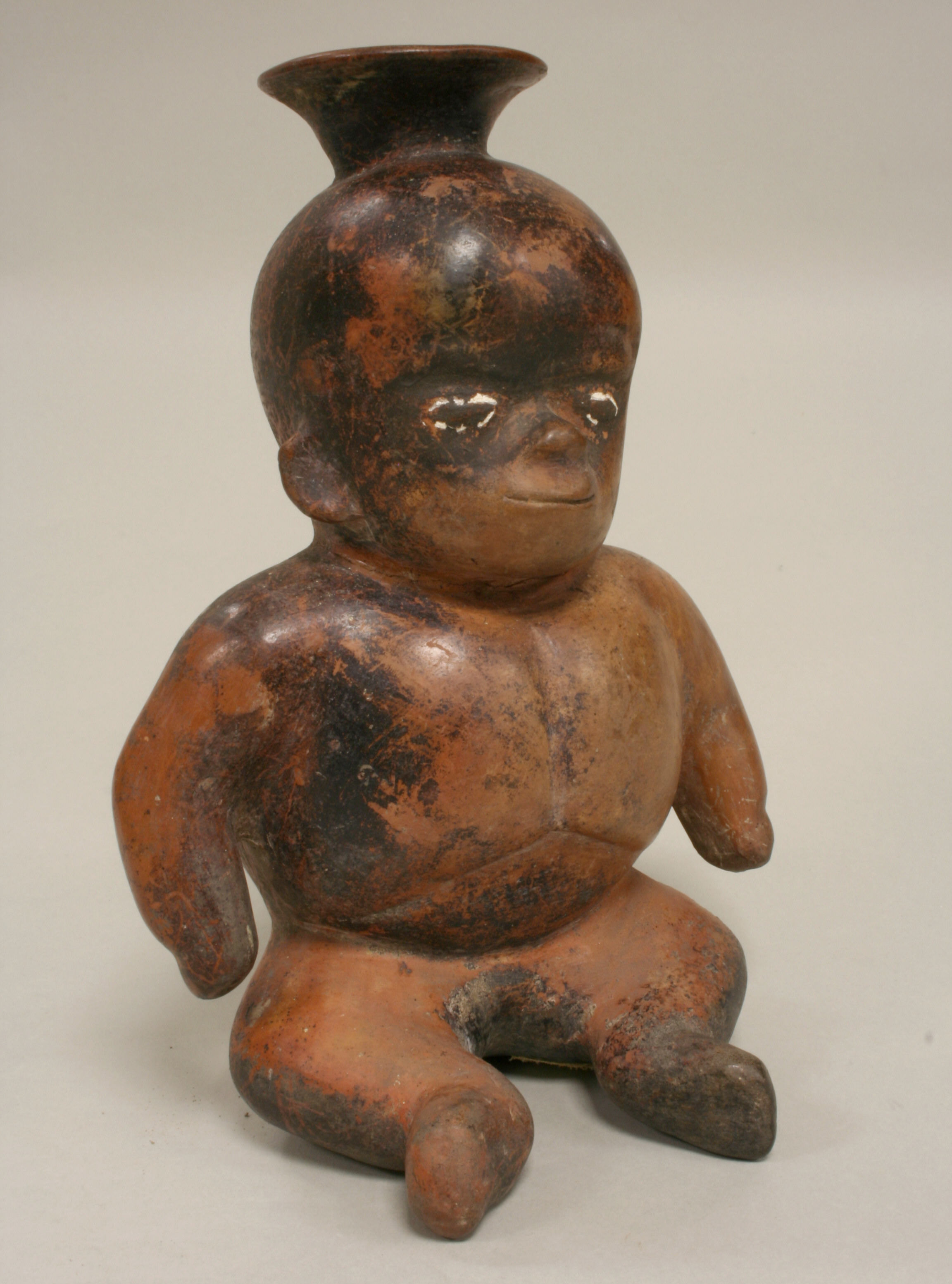 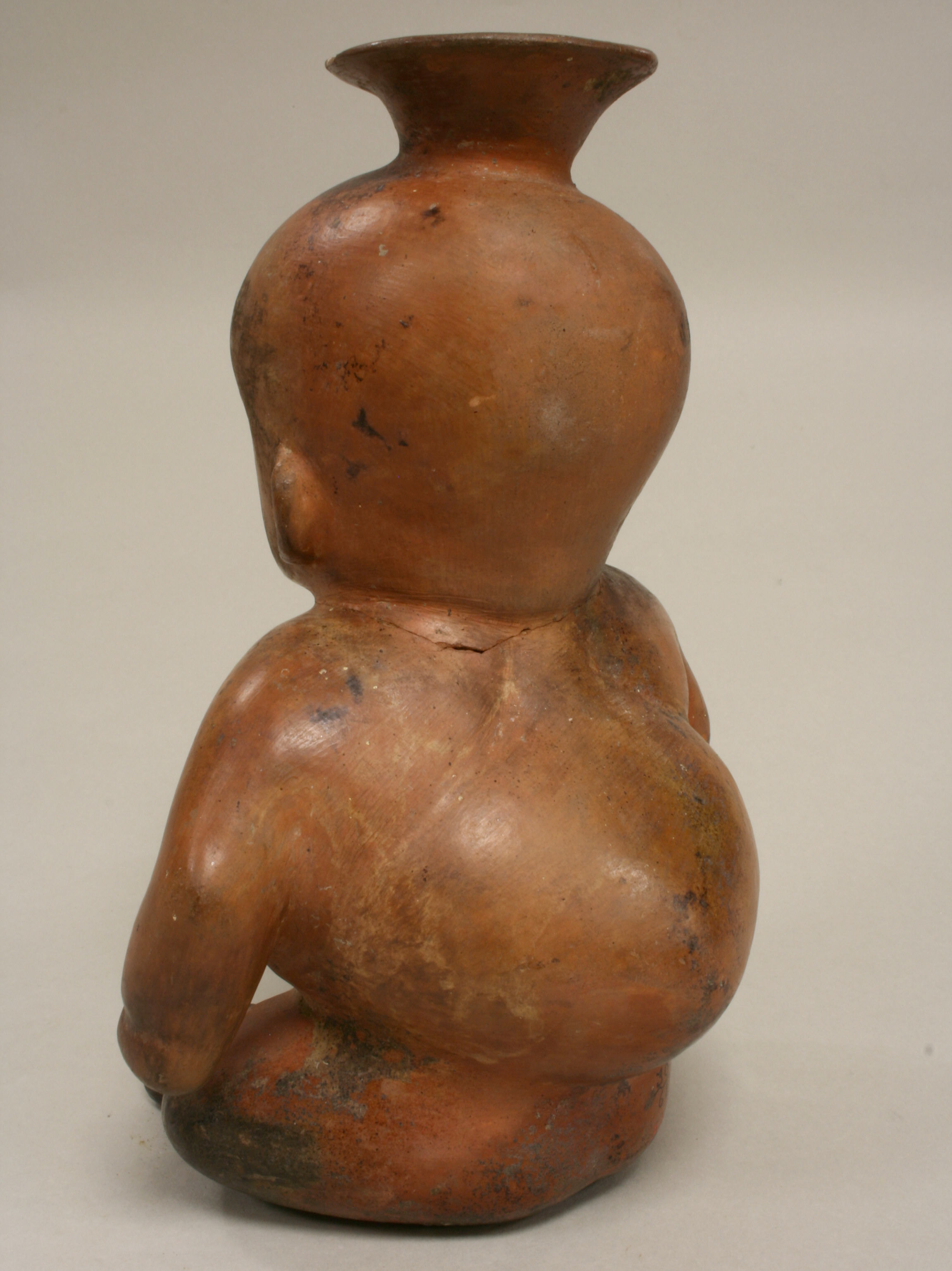
Hunchback Vessel. Colima. 2nd century BCE–3rd century CE

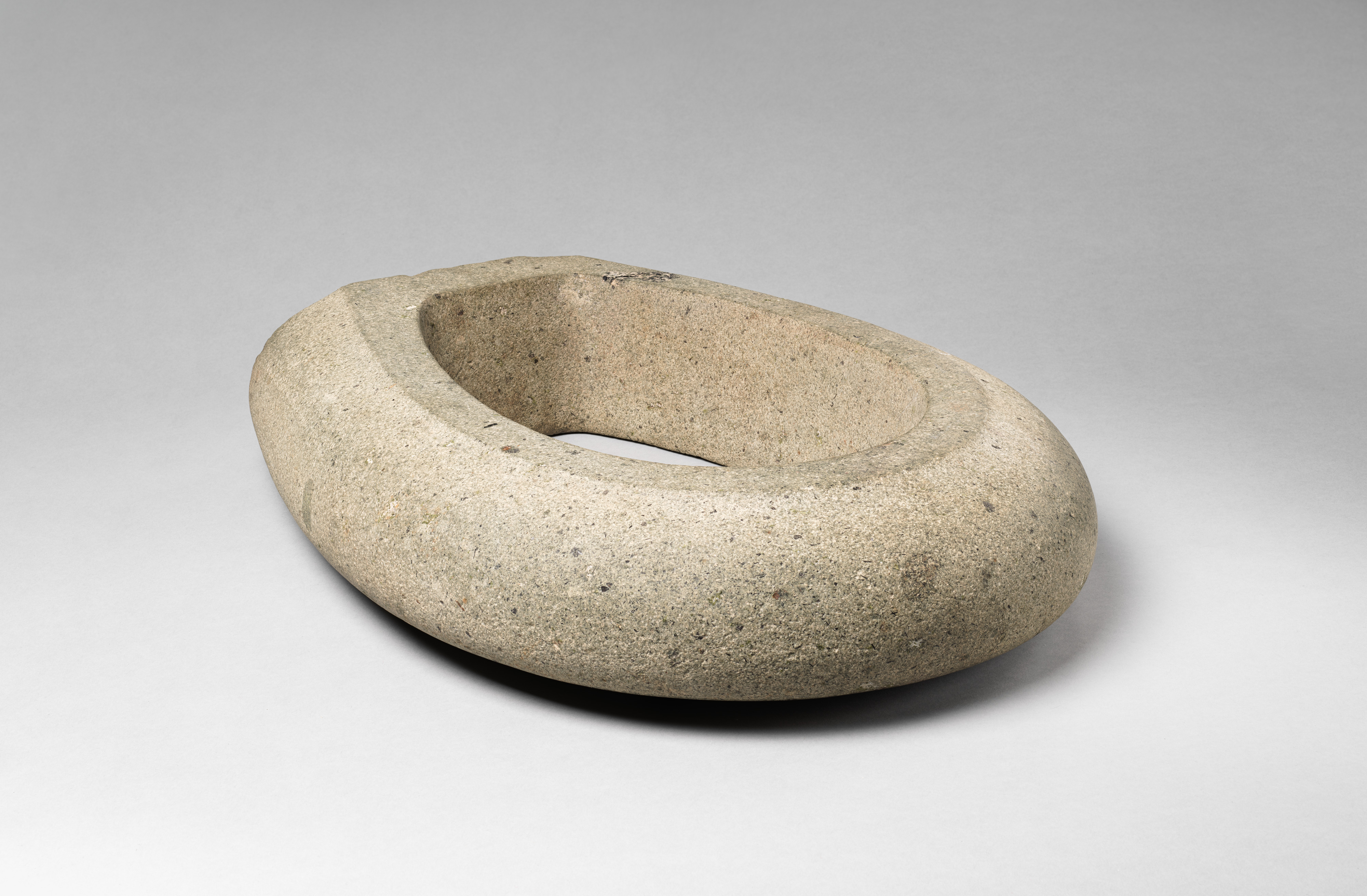 

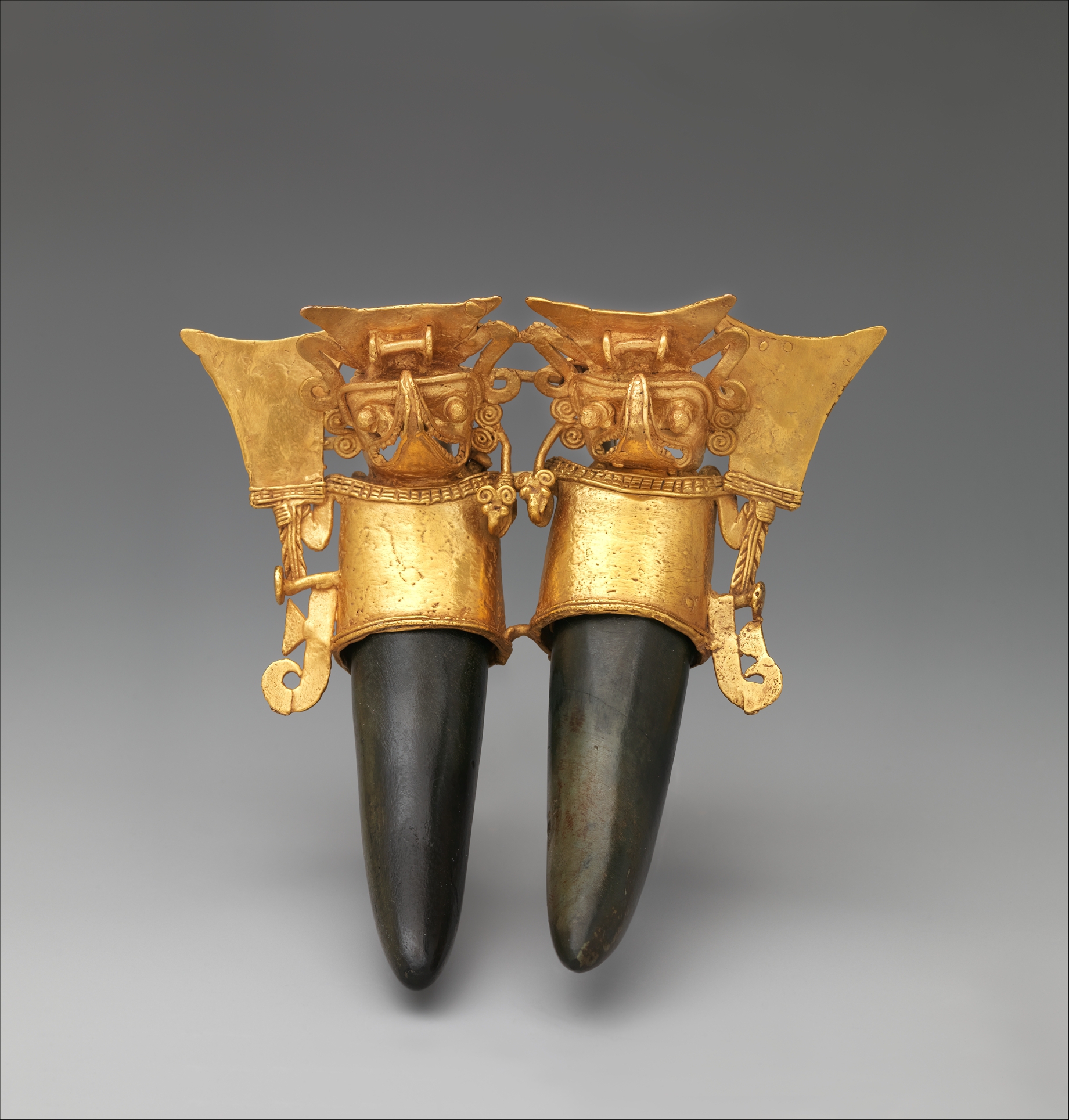
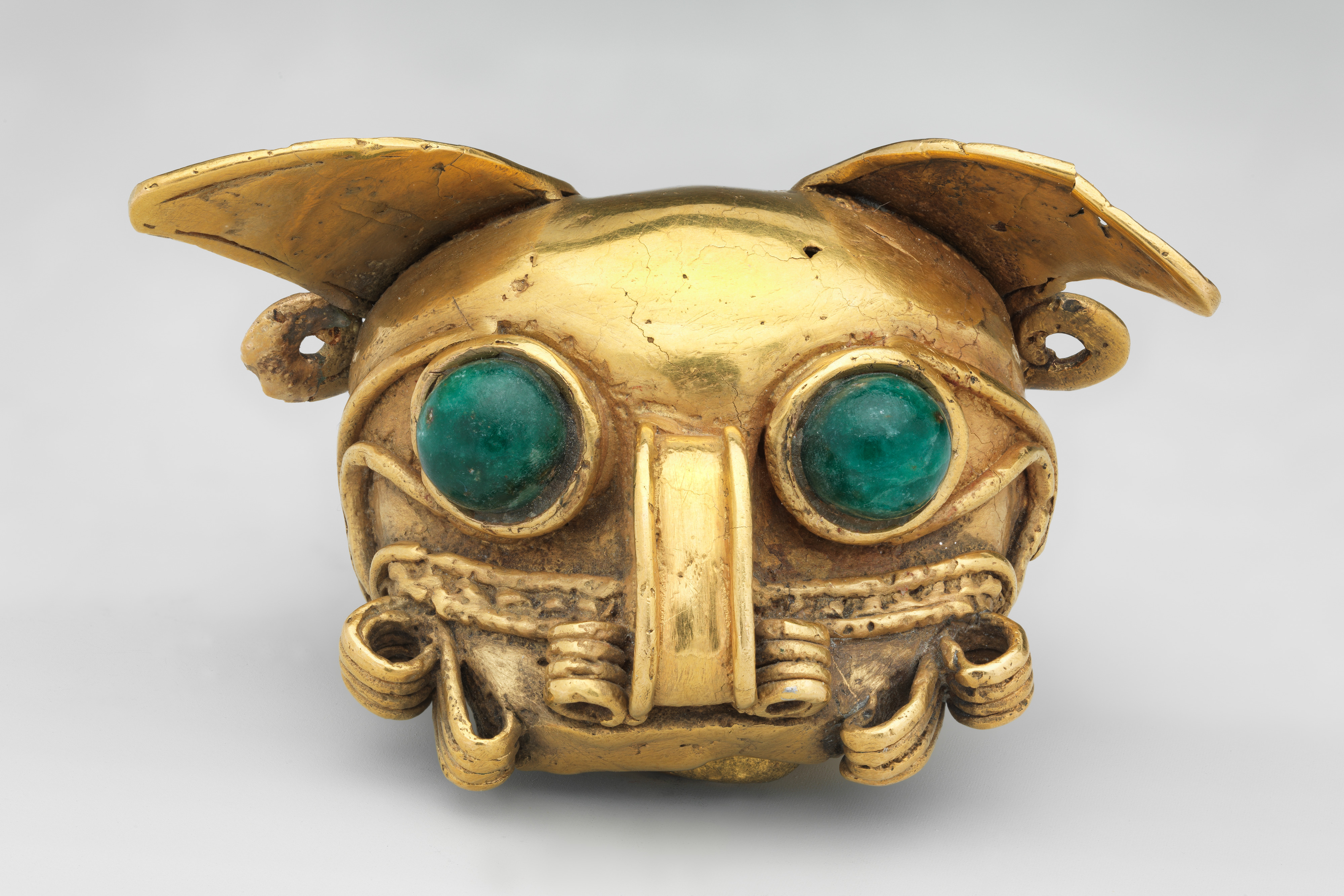 
Feline-Head Pendant. Coclé (Macaracas) (?). 8th–12th century

Shark Pendant. Chiriqui. 11th–16th century
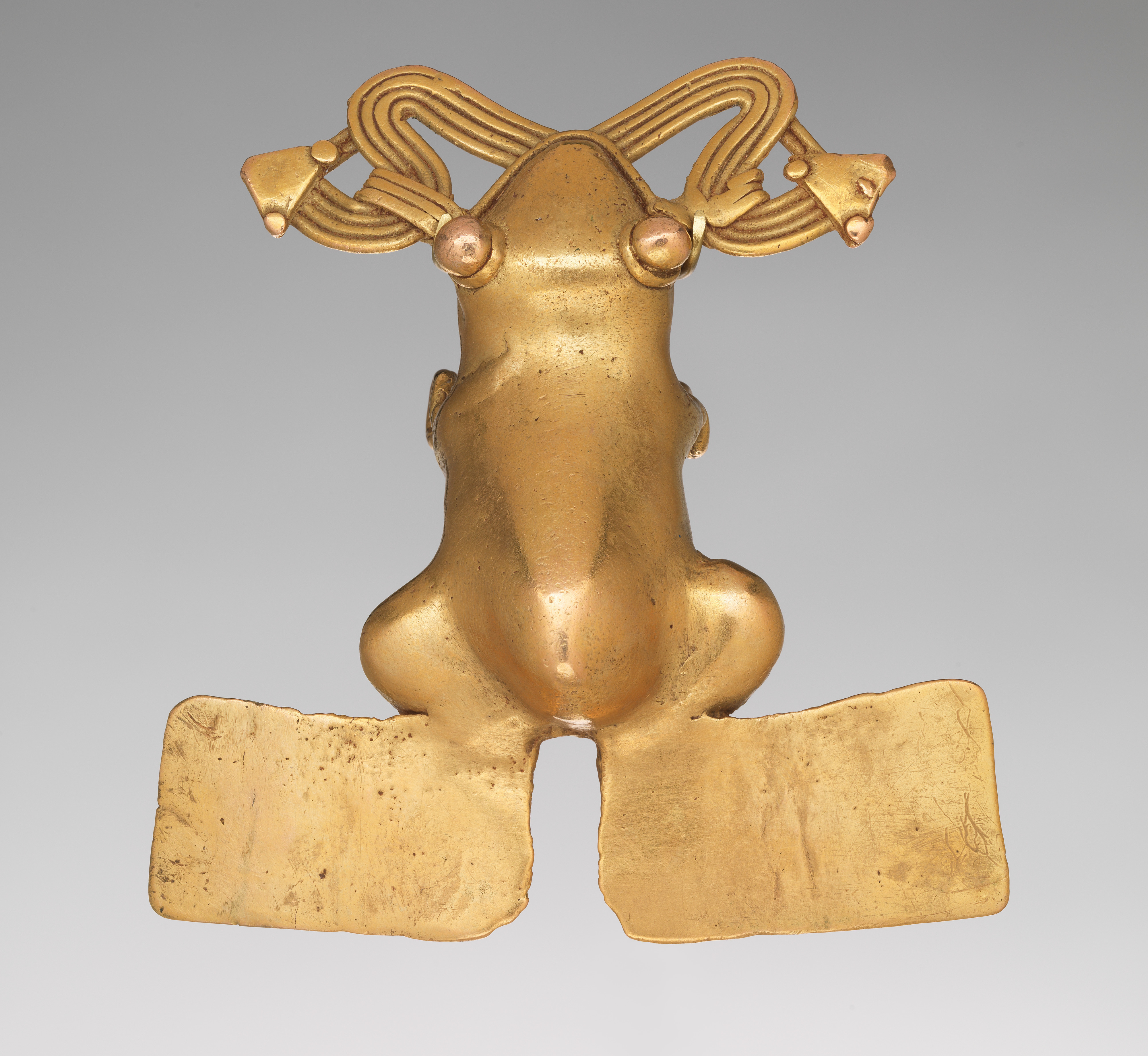
Frog Pendant. Chiriqui. 11th–16th century
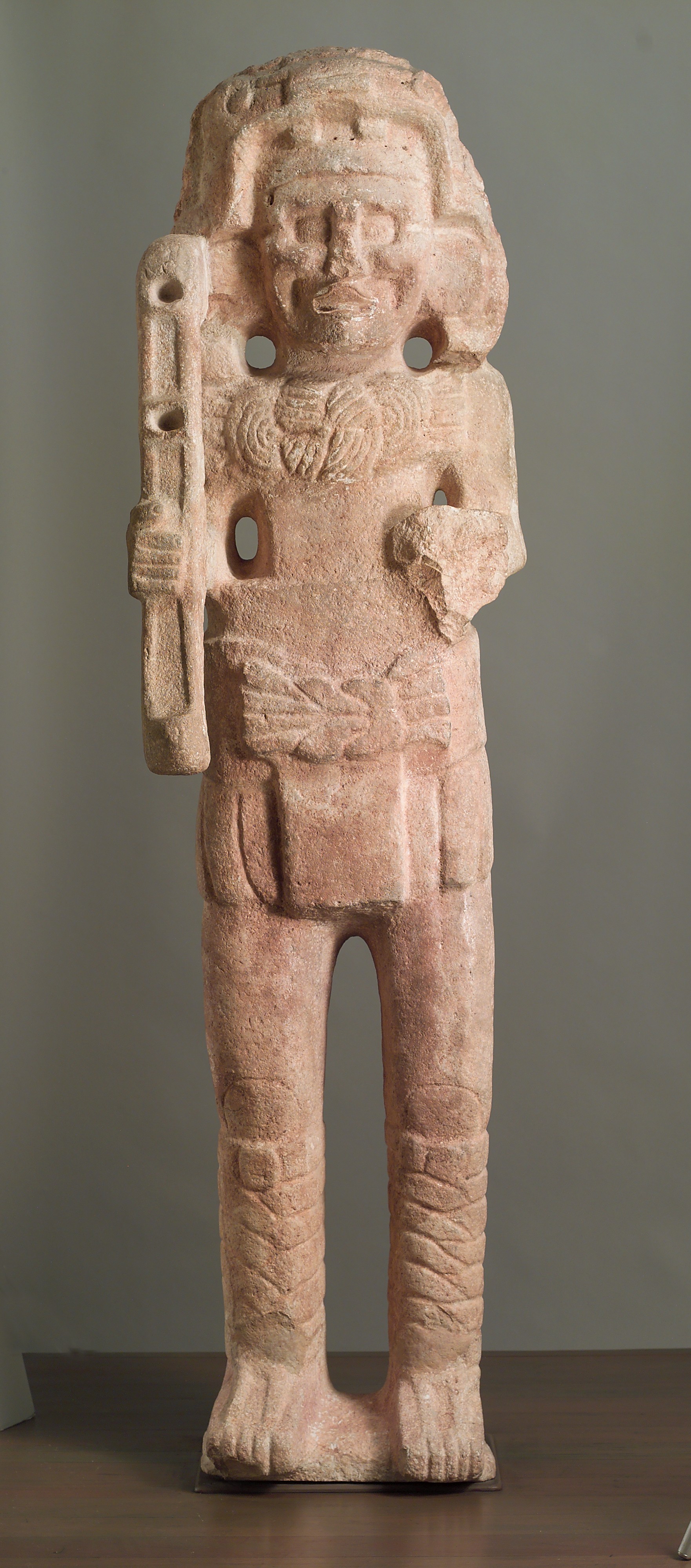
Download link (pdf, yandexdisk; 75.5 MB)
The electronic version of this edition is published only for scientific, educational or cultural purposes under the terms of fair use. Any commercial use is prohibited. If you have any claims about copyright, please send a letter to [email protected].
19 мая 2025, 20:41
0 комментариев
|
Партнёры
|
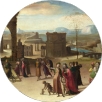





Комментарии
Добавить комментарий